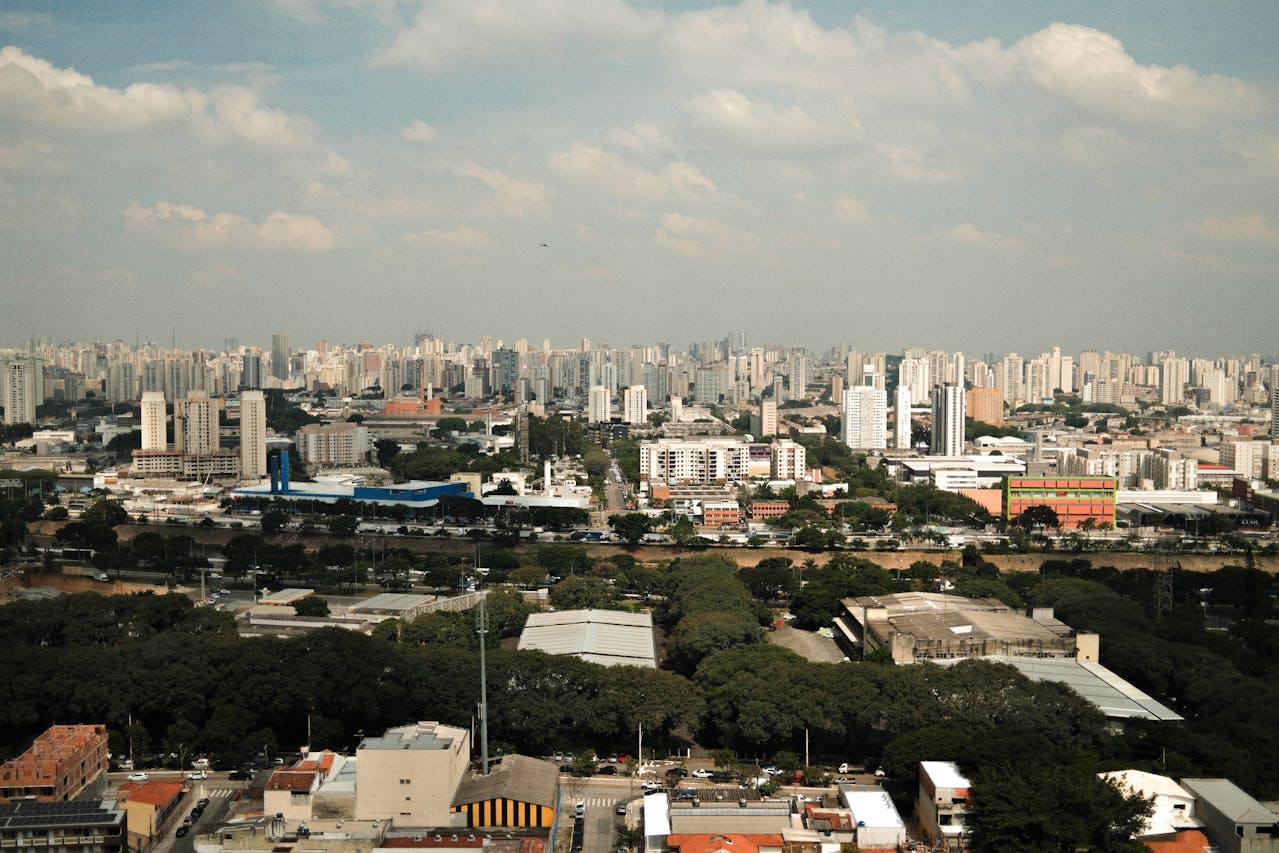The Impact of Urban Densification on Infrastructure
Urban densification consists of raising urban residential density through the construction of tall buildings combined with space recasting and mixed-use development setups.
The approach of urban densification plays an essential role in sustainable development but it creates both challenges which must be addressed alongside present opportunities for infrastructure advancement.
Cities continue their expansion at a time when assessing the effects that urban densification brings to infrastructure systems becomes necessary for proper urban planning and management.
Understanding Urban Densification
Urban densification exists as a direct reaction to population expansion in urban areas together with the necessity of efficient land use.
Cities direct their expansion upward and they make the most of their current real estate footprint.
Densification as a practice requires buildings to rise in height combined with transit-oriented developments and it requires the transformation of underutilized properties.
An urban densification strategy connects urban development to environmental sustainability by diminishing urban growth rates and lessening environmental impact while creating neighborhoods where residents can walk easily.
A densification strategy demands careful management of current infrastructure systems since it intensifies stress on existing facilities.
The Strain on Transportation Systems
Urban densification immediately generates elevated transportation requirements across affected areas.
The high number of residents creates traffic jams and results in crowded public transport networks that produce longer journey durations.
Cities without modernized transportation expansion plans face serious challenges of traffic congestion and environmental problems in addition to dissatisfied citizens.
The solution requires metropolitan areas to allocate funds for:
- Expanding public transport systems such as subways, buses, and trams
- Local governments must work to enhance streets for pedestrians alongside creating cycling infrastructure.
- Smart traffic management protocols should be deployed throughout the city area to minimize traffic congestion.
- Encouraging carpooling and alternative mobility solutions
Impact on Water and Sewer Systems
The process of making cities denser drives up the requirements for water distribution systems and collection facilities.
Old infrastructure systems operate poorly at maintaining sufficient water supply levels in high-density residential areas thus creating problems from water deficits to water contamination and sewage system failures.
- The water infrastructure needs immediate upgrades through following steps:
- Expanding water treatment and distribution facilities
- Water management practices based on sustainability include both rainwater collection and wastewater reprocessing systems.
- Upgraded sewer facilities must receive improvements to handle growing water volume and stop pollution from occurring.
- Green building designs need to incorporate water-efficient fixtures for encouragement purposes.

Energy Demand and Sustainability Challenges
The combination of large numbers of people inside a limited area causes additional consumption of energy.
The population increase in densely populated urban areas drives electricity needs to power homes together with businesses and public infrastructure systems.
When demands increase beyond power grid capacities they cause power outages followed by energy supply deficit.
The challenges will decrease if cities adopt these solutions.
- Urban areas need to invest their funds into developing renewable power systems including wind power solar power hydroelectric power.
- Public institutions must support the adoption of buildings that use less energy as well as advanced grid control systems.
- A dynamic approach should be promoted to businesses along with residents for implementing power-saving strategies.
- Local authorities should create regulations that back sustainable methods to manage urban energy needs.
Social Infrastructure: Schools, Healthcare, and Public Spaces
The physical expansion of cities creates simultaneous stress on the establishment of necessary social systems.
The growing urban population requires schools hospitals and recreational facilities to increase their capacity.
The lack of strategic planning leads to compromised quality of living through excessive students in schools and delayed hospital services combined with insufficient public facilities.
Solutions include:
- Construction of additional healthcare facilities and schools should happen in dense population areas
- The creation of flexible public areas should focus on bringing communities closer together
- Neighborhoods should promote development projects that combine residential areas with essential convenience shops and healthcare facilities
- Educational institutions along with healthcare settings use technological solutions to enhance both their accessibility features and operational efficiency.
Frequently Asked Questions (FAQs)
1. Why is urban densification necessary?
Building denser residential zones optimizes space efficiency and fights both land expansion and creates cities which are better for the environment and walking-friendly. This practice cuts down environmental damage by cutting down automobile dependence and facilitating resource management efficiency.
2. The process of urban densification produces what effect on the affordability of housing?
At high levels densification helps increase residential development which leads to potentially reduced expenses. The improper management of urban densification tends to produce gentrification which pushes lower-income residents out of affordable housing markets.
3. Which environmental advantages do densified urban areas bring?
The practice of densification reduces urban sprawl to protect ecosystems and decreases carbon emissions while creating more energy-efficient living spaces through public transportation systems in compact urban settings.
4. How can cities balance densification and infrastructure development?
Local governments should unite infrastructure development with densification strategies through funding improvements to both transportation systems and water networks and power grids as well as social service delivery. The necessary upgrades receive funding support through public-private collaboration models.
5. What role does technology play in managing urban densification?
Through smart city solutions such as IoT-based traffic management and AI-driven energy optimization along with digital governance platforms urban areas maintain efficient management of their densification challenges. The practice of urban densification carries both positive sustainability advantages and unfavorable effects on urban infrastructure. Essential to achieving successful density-boosted urban living is strategic planning and technological innovations together with policy interventions that prevent essential services from suffering. Smart solutions together with sustainable infrastructure enable cities to build a future which delivers both livable communities and resilient and efficient living environments for their citizens.
Also read: Top Innovative Housing Projects Across the Globe

